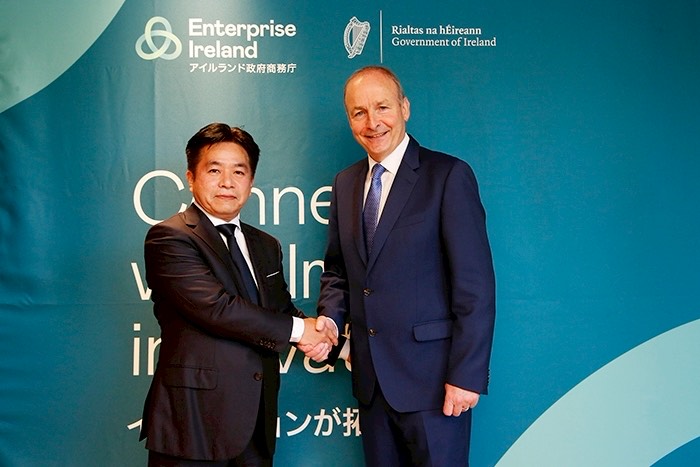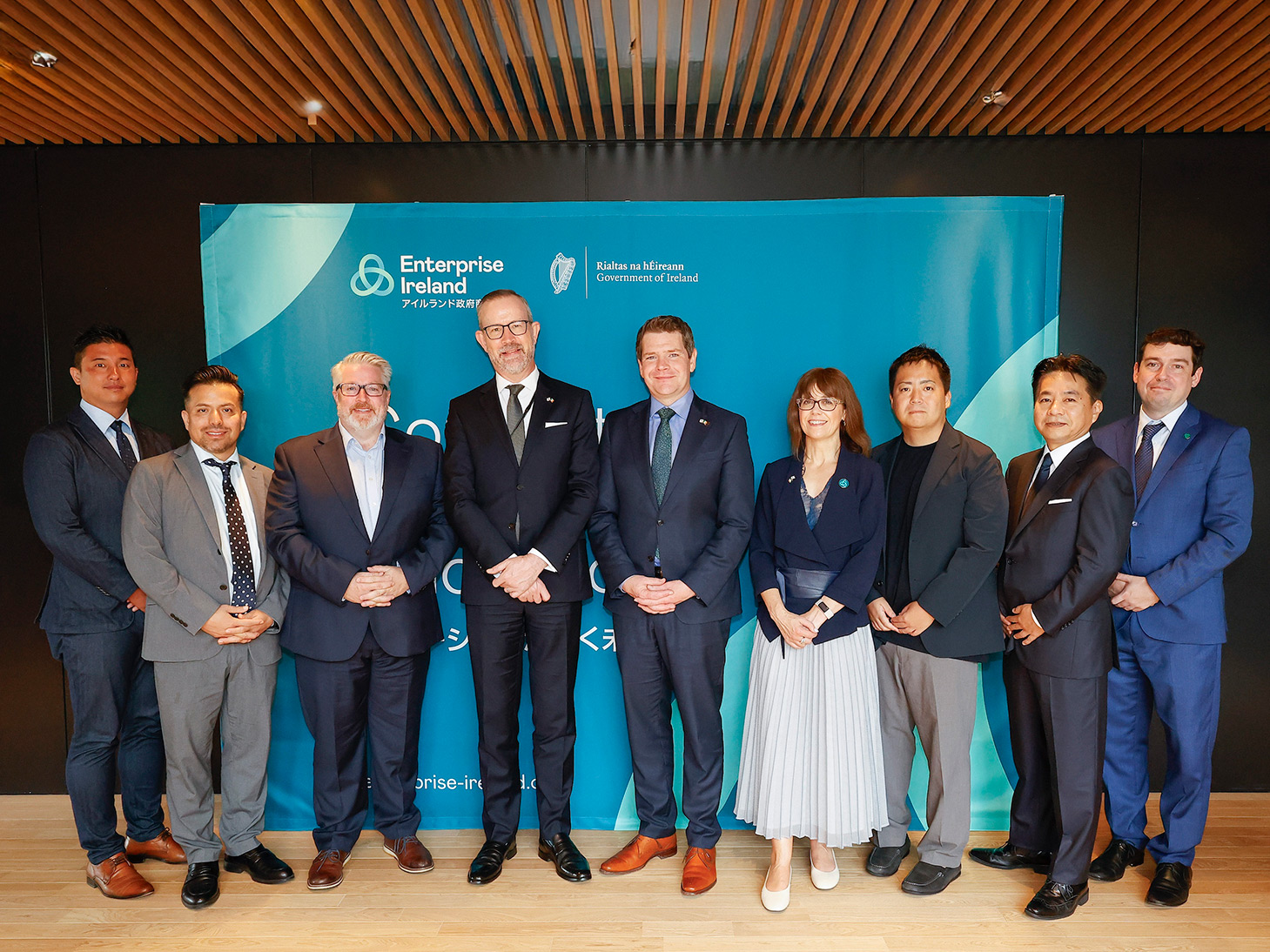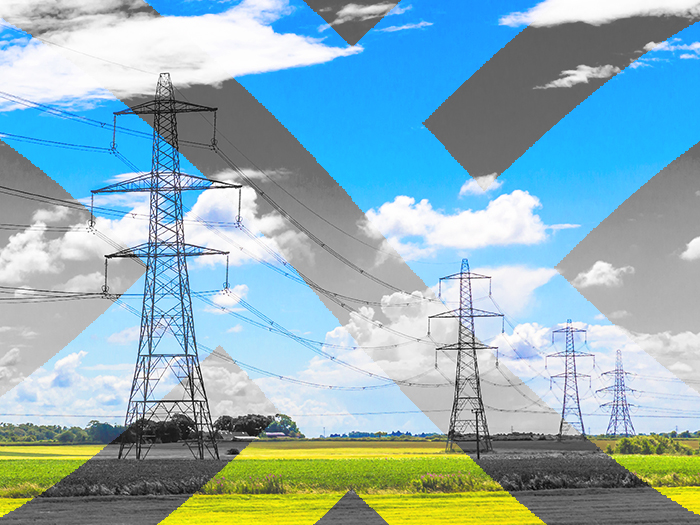News
better business decisions
Posted 1 year ago | 9 minute read

Towards net zero – A short guide for businesses
As the world faces the urgent challenge of climate change, it has become increasingly important for businesses of all types to take significant steps towards achieving net zero emissions. But this transition also presents an opportunity for businesses to reduce operational costs and enhance their competitive edge, with the right strategy in place.
To achieve net zero, I&C companies need to implement a combination of carbon reduction and removal measures. Effective strategies include enhancing energy efficiency across all operations, transitioning to renewable energy supplies, implementing d,emand response programs, transitioning from fossil fuel-based machinery and vehicles to electric alternatives, and investing in carbon offset projects for emissions that cannot be eliminated entirely.
While transitioning to net zero may require upfront investments, it is essential to recognize that these costs are often outweighed by the long-term benefits. The initial financial outlay can be a significant concern for I&C businesses, but several factors can help mitigate costs, including government incentives, energy savings, innovative funding options, and demonstrating a commitment to sustainability through corporate social responsibility.
In this article we look at the net zero challenge and how GridBeyond’s suite of AI-powered tools that is helping businesses to accelerate the transition.
The language of net zero
When it comes to net zero and climate change there are a series of key definitions that are useful to understand, but sometime the devil can be in the details. For example, is ‘carbon neutral’ the same as ‘net zero carbon’? – Carbon neutrality and net zero CO2 emissions are overlapping concepts. Generally, ‘carbon neutral’ implies the inclusion of Scope 1, Scope 2 and Scope 3 emissions. In contrast, ‘net zero carbon’ implies Scope 1 and Scope 2 emissions only, i.e. those under direct control of the reporting entity. Context is therefore very important and accounting rules specified by GHG programmes or schemes can have an influence over the meaning.
Use of the word ‘emissions’ – The word ‘emissions’ alone and unqualified by the word CO2 can have a different meaning to ‘CO2 emissions’. ‘Emissions’ tends to mean all greenhouse gas emissions. CO2 is but one of a number of greenhouses gases that includes nitrous oxide, methane and ozone. This means that ‘net zero carbon’ can have a different meaning to ‘net zero’ depending on whether the context implies it is just referring to carbon (or not); and ‘carbon neutral’ can have a different meaning to ‘net zero emissions’ depending again on context.
Use of timeframes – The phrases ‘carbon neutral’ and ‘net zero carbon’ are often associated with time frames. There are (at least) two timeframes to be mindful of. The first is the target timeframe. For example, we will be ‘carbon neutral by 2050’. The second is the accounting period. That is, the period over which the assessment of emissions balanced against removals is undertaken. It is most likely over a year. However, it could also be a much longer period.
Use of the word ‘net’ – The word ‘net’ is important as it permits the balance between emissions and removals. This means that there can be a difference between ‘zero carbon’ as opposed to ‘net zero carbon’. Zero carbon implies no CO2 emissions whereas ‘net zero carbon’ implies that there will be a balance of emissions and removals to be ‘net’ zero.
What is a net zero pledge?
In a simple equation, “net zero” is achieved when emissions released minus emissions removed equals zero (i.e. the emissions removed from the atmosphere cancels out the emissions released as far as possible and remaining emissions are offset). Pledges often adopt the following formulation: “X company commits to achieving net zero emissions by Y”.
Exactly what decarbonisation strategy a company should adopt (and commit to through a net zero pledge) will depend on that company’s particular impacts and buy-in from its Board, shareholders and other stakeholders such as its financial and insurance service providers.
Some net zero pledges deal with a company’s direct greenhouse gas (GHG) emissions from their activities (scope 1) and consumption of electricity (scope 2). Others are more all-encompassing and deal with scope 3 emissions generated by whole value chain.
The most common form of net zero pledge commits to cancelling out future emissions, generally by 2050. The mid-century timeframe was based on evidence that net zero emissions needed to be achieved by 2050 to limit the global temperature increase to 1.5°C above pre-industrial levels. At least, for the most part, pledges do not address historic emissions are therefore open to criticism as inadequate in responding to the causes of climate change.
The concept of removing all emissions, including cumulative historical emissions, is known as “historic zero”.
Science-based targets
A more robust pledge is one that adopts science-based emissions targets. This means that the emissions reduction aligns with what the latest climate science deems necessary to meet the goals of the Paris Agreement – limiting global warming to well-below 2°C above pre-industrial levels and pursuing efforts to limit warming to 1.5°C.
Over 1,000 corporations worldwide are working with the Science Based Targets initiative (SBTi) and setting science-based emissions reduction targets for either under 1.5°C or 2°C. These targets are then validated against science-based criteria including (but not limited to) the following:
- targets must cover company-wide scope 1 and scope 2 emissions and all relevant greenhouse gasses as defined by the GHG Protocol Corporate Standard;
- targets must cover a minimum of 5 years and a maximum of 15 years and cannot have already been achieved;
- at a minimum, scope 1 and scope 2 targets must be consistent with the level of decarbonization required to keep global temperature increase to well-below 2°C compared to preindustrial temperatures; and
- targets must be modelled using the latest version of methods and tools approved by the initiative.
Scoping it out
At its most basic, a net zero pledge requires a calculation of the emissions released directly and indirectly by a company. The Greenhouse Gas (GHG) Protocol Corporate Standard classifies a company’s GHG emissions into three scopes:
- Scope 1 emissions are released as a direct result of activity at a facility level, such as emissions from manufacturing or burning of fossil fuels in industrial processes;
- Scope 2 emissions are released from the indirect consumption of energy; and
- Scope 3 emissions are those generated in the wider economy through the corporate value chain.
While reporting on scope 3 emissions is voluntary, pledges that take scope 1 to 3 emissions into consideration can paint a more realistic picture of a company’s overall contribution. For many companies, the majority of their GHG emissions and cost reduction opportunities lie outside their own operations. By measuring scope 3 emissions, organisations can identify areas for improvement and possible risks in their supply chain.
Through intelligent, real-time energy design, forecasting, optimization, and control, GridBeyond’s Baseline tool allows users to visualize site or portfolio-level view of quantity and trends in energy consumption and associated emissions.
The start of the journey
Reaching net zero involves balancing the amount of greenhouse gases emitted with an equivalent amount removed from the atmosphere. To achieve this goal, I&C businesses need to implement a combination of measures.
GridBeyond can support you
- Consolidate your energy management and GHG reporting in one place
- Benchmark assets and sites to identify areas for improvement
- Get real-time analytics to make sure that your reporting is always up-to date and enable early intervention if deviations arise
- Understand the gaps between actual performance and defined targets
- Respond to a multitude of ESG and carbon reporting frameworks and stakeholder initiatives
- Turn energy use and emissions data into insights
- Build the foundations of and execute your Net Zero strategy
How much does it cost?
While transitioning to net zero may require upfront investments, it is essential to recognize that these costs are often outweighed by the long-term benefits. The initial financial outlay can be a significant concern for I&C businesses, but several factors can help mitigate costs:
- Government Incentives: Many governments offer financial incentives, grants, or tax breaks to businesses that adopt sustainable practices and invest in renewable energy.
- Energy Savings: Energy efficiency measures can lead to substantial cost savings over time, offsetting some of the initial investment.
- Innovative Funding Options: Some companies, including GridBeyond, offer funded battery storage solutions that allow businesses to access clean energy technologies without large upfront costs.
- Corporate Social Responsibility (CSR): Demonstrating a commitment to sustainability can enhance a company’s brand value and attract socially-conscious investors and customers.
Essential steps to make it happen include establishing specific, measurable, and time-bound targets to reduce carbon emissions across all operations, implementing robust monitoring systems to track energy consumption and carbon emissions accurately.
Conclusion
Transitioning to a net-zero future is an imperative shared by governments, businesses, and individuals alike. For industrial and commercial businesses, achieving net zero emissions presents a unique opportunity to lead in sustainability, reduce costs, and create a positive impact on the environment. By adopting a combination of energy efficiency measures, renewable energy sources, demand response programs businesses can take concrete steps towards this goal.
While the initial costs may pose challenges, government incentives, energy savings, and innovative funding options can help ease the financial burden. Moreover, embracing a net-zero approach can strengthen a company’s reputation, attract conscious consumers, and position it as a responsible global citizen. By setting clear targets, monitoring progress, and collaborating with stakeholders, I&C businesses can successfully navigate the path to net zero operational carbon and contribute to a sustainable future for generations to come.








